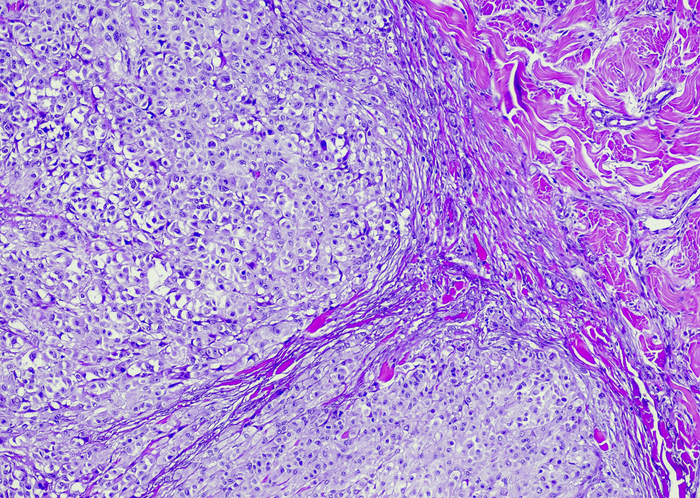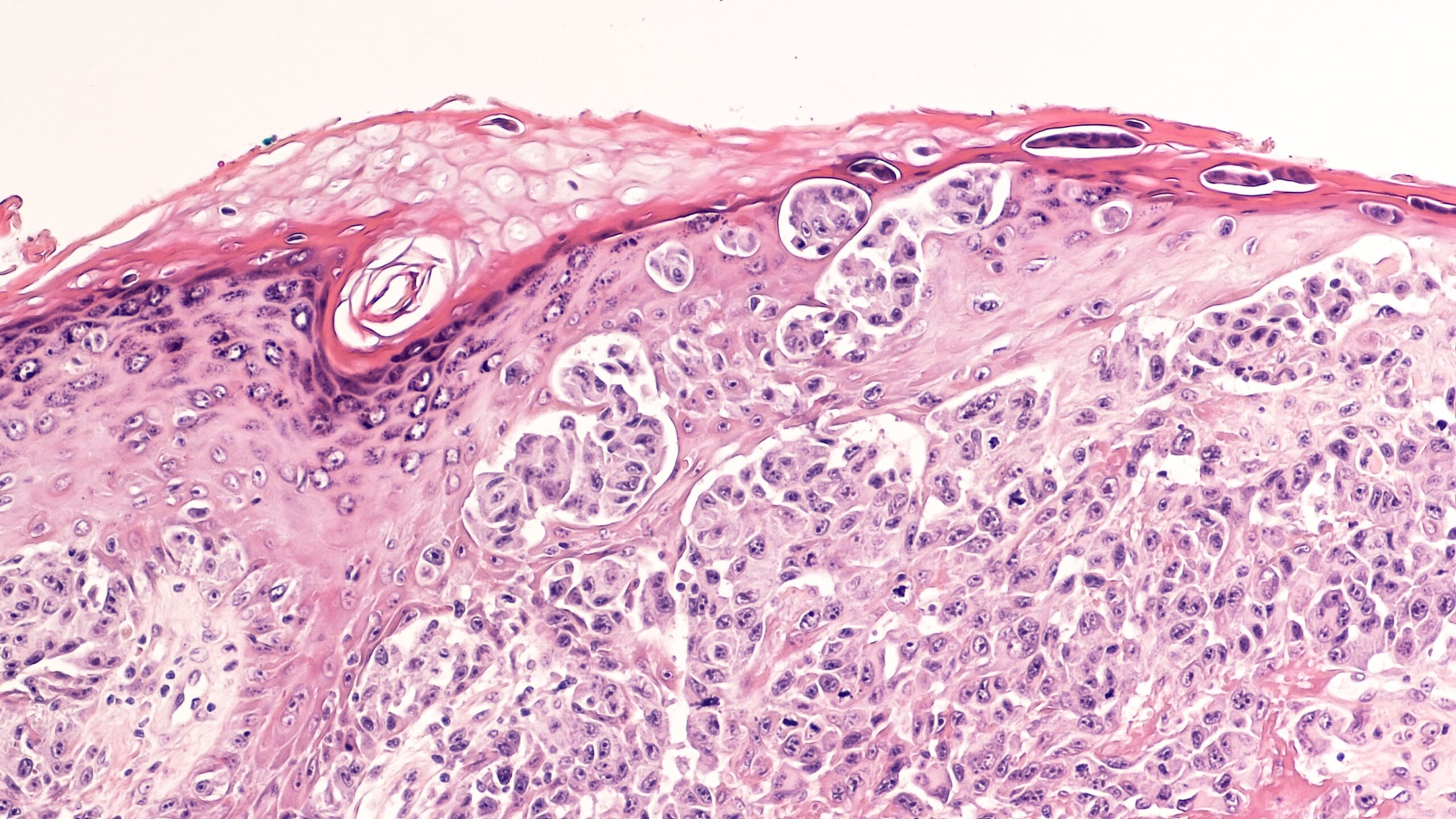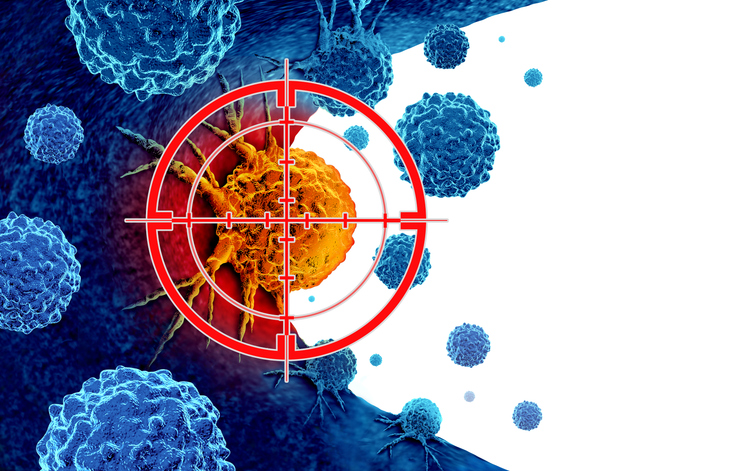
A Google research team has recently created an artificial intelligence (AI) system that can detect 26 different skin diseases with the same accuracy as a licensed dermatologist. This deep learning technology evaluates images and metadata, such as self-reported symptoms and demographic information, to generate a ranked list of possible diagnoses just as a trained professional would. The Google team’s findings were covered in a paper titled “A deep learning system for differential diagnosis of skin diseases” and in a blog post penned by, Yuan Liu, PhD, Software Engineer and Peggy Bui, MD, Technical Program Manager, Google Health.
With nearly 2 billion patients having some form of skin condition globally and many areas lacking dermatologists, patients must often take such concerns up with their primary care physicians. Research has shown that while dermatologists diagnose these skin conditions with accuracies between 77-96%, the general practitioner does so with only 24-70% accuracy. This discrepancy can lead to delays in patient care and improper treatment or diagnosis, making digital health solutions such as AI an attractive option in combatting this shortage of specialists.
AI has been applied to assist diagnostic decisions in several circumstances, with another Google AI system outperforming physicians in detecting lung cancers and IDx receiving FDA approval for their machine learning platform that can diagnose diabetic retinopathy. This latest work from Google’s AI department has yielded a deep learning system that can identify the most common skin diseases that present in the primary care setting.
How the Deep Learning System Works
When the physician classifies a skin condition, they often create a ranked list of possibilities rather than providing just one diagnosis. This differential diagnosis allows room for the physician to apply additional tests and assessments before making a definitive decision as to what the condition is. This deep learning system created by Liu and colleagues generates a similar ranked list, mimicking how the physician thinks and diagnoses patients via an artificial neural network.
To make this prediction, the AI technology processes one or more images of the patient’s skin and up to 45 forms of metadata, which includes self-reported data like sex, age, and symptoms. This system was developed using 14,021 cases from patients referred to a teledermatology service by a primary care practice between 2010 and 2017. This training process also included over 50,000 diagnoses from over 40 dermatologists.
Testing the AI Platform
The AI-tool was then validated using another 3,756 cases. This evaluation process compared the differential diagnoses made by the deep learning system to those of three board-certified dermatologists. The researchers found that the AI achieved 71% and 93% top-1 and top-3 accuracies in these lists, respectively.
The team also compared the deep learning tool’s accuracy to those of dermatologists, primary care physicians (PCPs), and nurse practitioners (NPs). They found that the technology achieved a top-3 diagnostic accuracy of 90%, in comparison to 75%, 60%, and 55% by the dermatologists, primary care physicians, and nurse practitioners, respectively. These findings not only suggest that PCPs and NPs can augment their diagnostic accuracy with this AI, but that even the trained dermatologist can as well. The system was found to be accurate in assessing images of varying skin colors as well.
Going Forward
Liu notes that there are still improvements to be made in their deep learning platform, stating that the lack of melanoma in the data used to train the system hinders its ability to detect cancer. He adds that the lack of biopsy use in analyzing these cancers, the absence of rare skin types, and the geographical limitations in the dataset limit the validity of these diagnoses.
“The success of deep learning to inform the differential diagnosis of skin disease is highly encouraging of such a tool’s potential to assist clinicians. For example, such a DLS could help triage cases to guide prioritization for clinical care or could help non-dermatologists initiate dermatologic care more accurately and potentially improve access. Though significant work remains, we are excited for future efforts in examining the usefulness of such a system for clinicians,” concluded Liu and Bui in their post.
Rash decisions can be made better using a deep learning system.
Nice work from Yuan Liu and Peggy Bui and many others on the dermatology research team @GoogleAI!
Full paper:https://t.co/XSdPhrFBcZ
Blog post:https://t.co/aDUgaHCPyD
— Jeff Dean (@JeffDean) September 13, 2019







 © 2025 Mashup Media, LLC, a Formedics Property. All Rights Reserved.
© 2025 Mashup Media, LLC, a Formedics Property. All Rights Reserved.